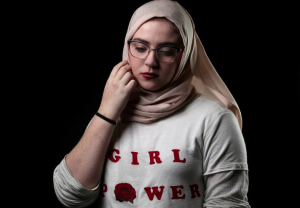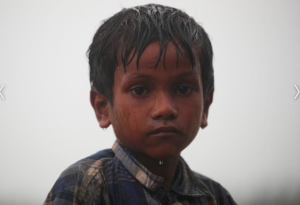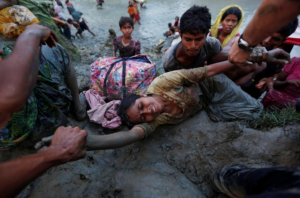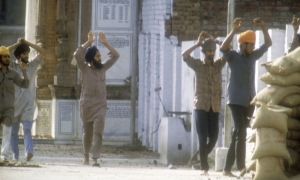How mass shootings are calculated in the US is a disputed question. According to one system of measuring, there have been 94 mass shootings with three or more fatalities in nearly 30 states from 1982 until today. Another system of measuring reports 132 incidents with four or more victims since 1966. The largest number of mass shootings were in workplaces & secondly at schools. Others were at churches, military bases, restaurants & malls.
Estimating the scale of mass violence in the US is difficult because there are so many assassinations, bombings, arsons. Not to mention, domestic violence & serial killers. But mostly because US history is a chronicle of extreme violence against Native Americans, Latinos, Blacks, & immigrant groups like the Chinese: wars of extermination (genocide), massacres, lynchings, concentration camps. Why start calculating from 1982 or even 1966 when the violence since then is all of a piece with US history?
What distinguishes violence in the US from elsewhere in the world is the doctrine of ‘American exceptionalism’ which roots mass violence here in the epic battles between good & evil. The devil is involved. Regrettably, weak gun laws allow evil forces to buy assault weapons they were trained to use in the US army against foreign terrorists. Evil killers differ from “Wahhabi jihadist” killers because the latter are associated with Islam but evil is mitigated by mental illness, difficult childhoods, white supremacy. We should never be confused between American exceptionalism & jihadism. Evil killers do it for the good of their country.



